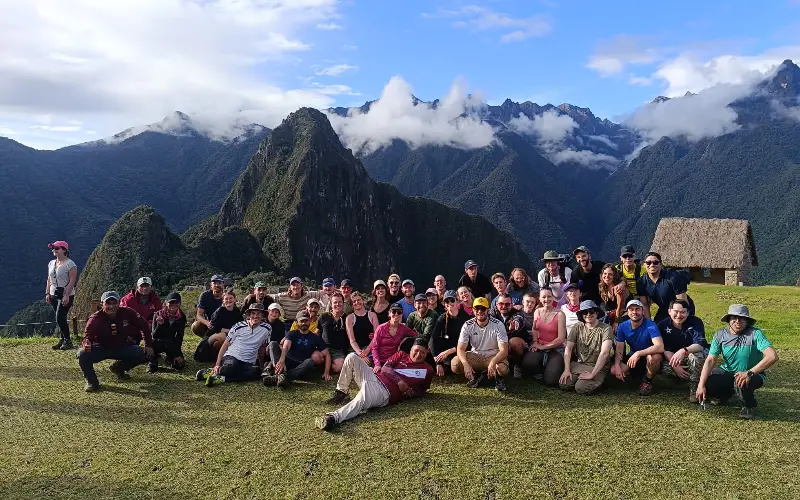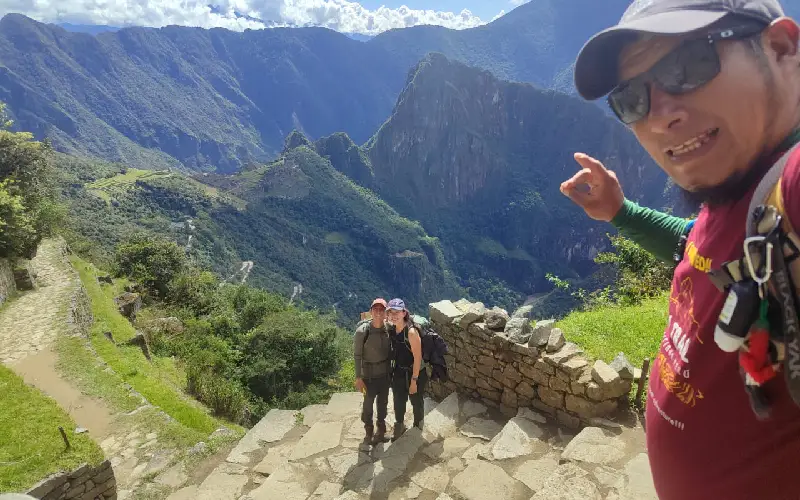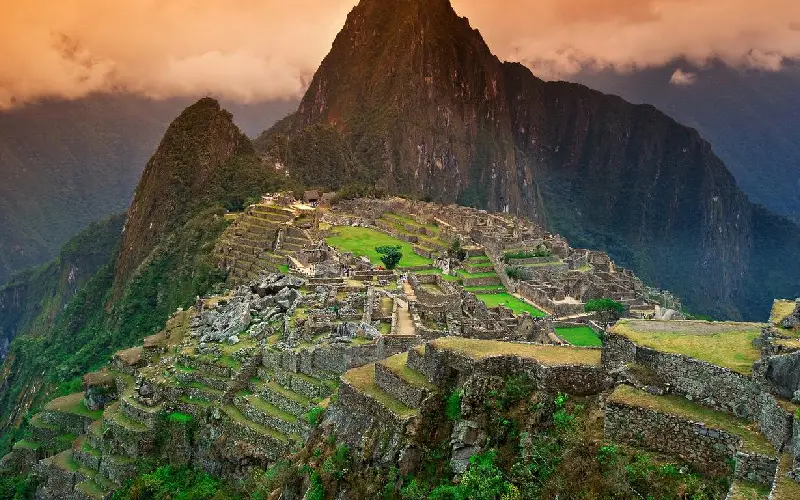If you’re planning to hike one of the most iconic treks in the world, knowing what to pack for the Inca Trail is absolutely essential. The trail is physically demanding and weather conditions can change rapidly—so being prepared will make a huge difference in your overall experience.
Whether you’re doing the Classic 4-Day Inca Trail, the Short Inca Trail, or an alternative route, here’s your ultimate packing list to ensure you’re ready for this once-in-a-lifetime adventure.
🎒 Essential Gear to Pack for the Inca Trail
Here are the must-have items you should bring to make your trek more comfortable and successful:
- Daypack (20–30L): Lightweight and water-resistant, ideally with a hip strap and chest strap.
- Sleeping bag: Rated for cold temperatures (down to -10°C/14°F). You can also rent one locally.
- Trekking poles: Highly recommended for steep sections and to reduce impact on your knees.
- Headlamp with extra batteries: Especially useful for early morning hikes or bathroom trips at night.
- Refillable water bottle or hydration bladder: At least 2 liters; there are refill points along the trail.
✅ Tip: If you’re booking a tour with Inka Trail Expeditions Peru, check if sleeping bags and poles are included or available for rent.
👕 Clothing Checklist: Layer Smart
The secret to staying comfortable during the trek is layering. Temperatures can range from hot and sunny to freezing cold, sometimes in the same day.
- 2–3 moisture-wicking T-shirts
- 1 long-sleeve base layer
- Fleece jacket or light insulated jacket
- Rain jacket or poncho (must-have during rainy season)
- 2 pairs of trekking pants
- 1 pair of thermal leggings
- 3–4 pairs of wool or synthetic socks
- Sun hat and beanie for cold nights
- Gloves (preferably waterproof)
- Hiking boots (well broken-in)
🥾 If you’re hiking the Classic Inca Trail 4D/3N, durable footwear is key for uneven terrain and stone steps.
🧼 Toiletries and Personal Items
- Small quick-dry towel
- Toilet paper and hand sanitizer
- Wet wipes and biodegradable soap
- Toothbrush and toothpaste
- Lip balm with SPF and sunscreen
- Insect repellent with DEET
💊 Medications and First Aid
- Personal medications
- Altitude sickness pills (e.g., acetazolamide)
- Ibuprofen or paracetamol
- Blister treatment: moleskin or Compeed pads
- Small first aid kit
⚙️ Extras That Make a Big Difference
- Ziplock bags (to keep electronics dry)
- Power bank or solar charger
- Journal or small notebook
- Lightweight sandals (for campsites)
- Snacks (nuts, energy bars, chocolates)
- Passport (required to enter the trail and Machu Picchu)
🧳 What NOT to Pack for the Inca Trail
- Cotton clothing (takes too long to dry)
- Unnecessary electronics
- Heavy books or full-size toiletries
- Jewelry or valuables
📌 Final Tips Before You Pack for the Inca Trail
- Keep your duffel bag under the weight limit (usually 7kg/15lbs) if you’re using a porter service.
- Check with your tour provider what items are included or provided, such as tents, mats, and meals.
- Pack in light, compressible bags for easy organization.
🔗 Looking for a tour that includes porters, meals, and expert guides? Check out our Inca Trail Tours for the best packages available.




